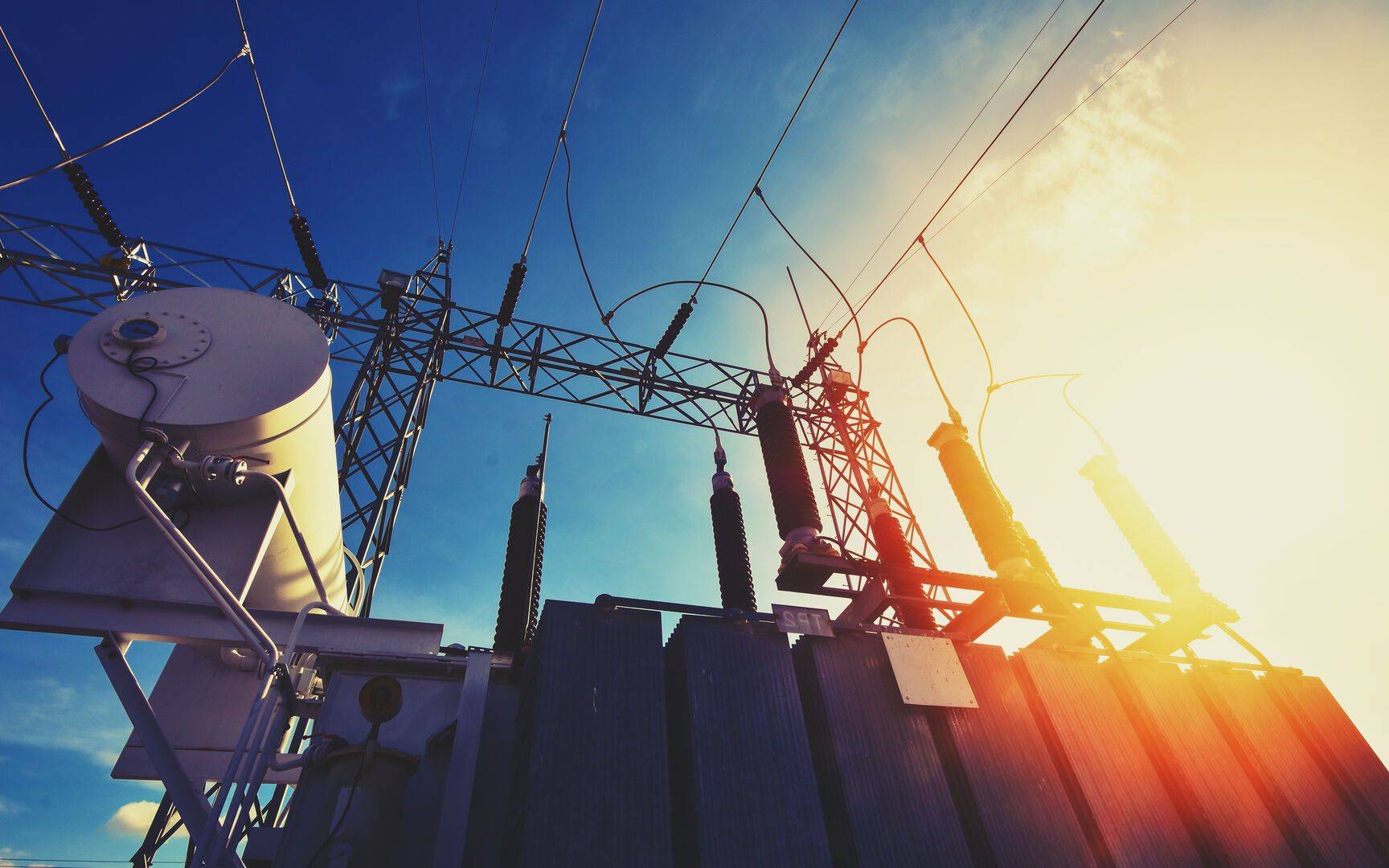
Decentralizing the grid: Collaboration is the new competitive edge
The energy transition goes beyond infrastructure, encompassing everything from new technologies to sharing benefits with local communities. At its core, it calls for a mindset shift — especially in how we collaborate.
The energy grid is shifting rapidly toward a more distributed, renewable energy-driven future. With decentralization, utilities are facing a host of new challenges. From integrating emerging technologies to ensuring benefit-sharing with local communities, the transition is about more than infrastructure. It’s about mindset, and one mindset shift is essential: the way we think about collaboration.
Traditionally, grid operators have operated in silos. Information-sharing was constricted, and technologies were often developed and deployed independently.
The decentralization of the grid is disrupting that model. As renewable energy sources, like solar and wind, become more prevalent and in demand, power now flows in multiple directions rather than from a single, centralized source. Dozens or even hundreds of distributed energy resources must coordinate in real-time across systems to ensure reliable service for all.
With this new distribution of the grid comes a host of new challenges:
- Intermittent energy supplies that require coordinated and strategic balancing
- Immense amounts of data from diverse systems and sensors that must be connected and analyzed
- Interconnection complexities between regional and local grids
No single operator has a full view and all the tools necessary to manage the complexities of the future. That is why collaboration, interoperability, shared data frameworks and co-investments are essential for resilience and innovation.
A changing landscape
The decentralization of the grid is more than a simple upgrade — it involves a full-scale transformation. Utilities are being asked to integrate a patchwork of distributed energy resources, adaptable storage systems and consumer-generated power. The future grid is shifting from a top-down energy system to one that supports two-way flows, real-time monitoring and a stronger focus on sustainability.
According to our global research report, Lost in Transition, 56 percent of industry leaders believe competing companies should share data, resources and expertise to accelerate and optimize the energy transition.
“The overarching message is that no single organization [or individual] has all the answers,” says KPMG’s Simon Virley. “We all need to think in different ways about this, rather than thinking we can solve it all ourselves.”
In this landscape, competitive advantage depends on adaptability, fueled by shared learning, pooled expertise and aligned strategies. Success hinges on both innovation and coordination.
Shared strategies span regions
One of the challenges surrounding decentralization is that it looks different in every region around the globe. Energy policies, population density, infrastructure maturity, climate conditions and regional priorities all affect what the transition looks like on the ground.
While no single solution fits every operator, knowledge sharing remains invaluable as grid operators grapple with many of the same questions: How do we modernize without compromising reliability? How do we fund the transition? How do we handle change management and bring customers along on the journey?
Answering these questions through collaborative learning accelerates progress, sparking faster, data-driven responses as technology and solutions emerge. By sharing roadblocks and success stories, grid operators are accelerating the grid transition and creating the building blocks for successful transitions globally.
Collective progress leads to increased innovation
Across the energy industry, collaboration is becoming a catalyst for resilience and innovation. Utilities are exchanging ideas and aligning best practices with the knowledge that it strengthens each individual organization and delivers high-quality service for customers.
This shift is evident in open forums, joint pilot programs and industry working groups where shared progress is driving smarter investments, faster learning and scalable growth.
One powerful example comes from Powerlink, an Australian transmission company. In Lost in Transition, network operator Jacqui Bridge describes how her team collaborates with their supply chain partners to help them gain a better understanding of field operations:
We have technical expertise in-house that we make available to our supply chains,” she explains. “We help them to understand how the equipment operates in the field, enabling them to overcome problems that could cause even bigger issues across a whole fleet of assets.
When supply chain partners align with operators, they can design, deliver and maintain infrastructure with a deeper understanding of operational realities. This type of collaboration improves vendor outcomes and safeguards system-wide reliability, laying the groundwork for smarter, more resilient infrastructure that serves communities more effectively.
Our report found that nearly three-quarters of energy-sector organizations are ready to help suppliers and partners accelerate their adaptation to the energy transition. This kind of collaboration strengthens supplier capabilities and leads to more efficient project delivery, better equipment performance and fewer disruptions across the grid. Both partners and customers benefit from faster innovation cycles, improved system reliability and an agile response to emerging challenges.
Collaborating for lasting impact
The future grid is not something any one organization can build alone. As the energy transition accelerates, cross-sector collaboration will be essential to scaling innovation, maintaining system performance and promoting widespread access to reliable power.
Collaboration does more than meet the needs of today’s grid — it lays the foundation for a smarter, more resilient energy system that supports cleaner energy, stronger communities and long-term progress for generations to come.